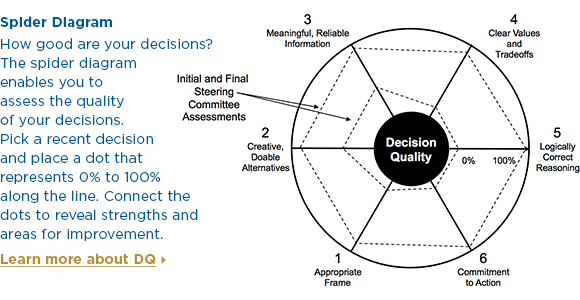Where Does the Fault Lie?
Garbage in, garbage out–or GIGO–has been with us since the early days of computing in the 1960s. In the field of computer science or information and communications technology, says Wikipedia, GIGO “refers to the fact that computers, since they operate by logical processes, will unquestioningly process unintended, even nonsensical, input data (“garbage in”) and produce undesired, often nonsensical, output (“garbage out”).”
Wikipedia goes on to explore an expansion of the term to Garbage In, Gospel Out, “a sardonic comment on the tendency to put excessive trust in ‘computerized’ data, and on the propensity for individuals to blindly accept what the computer says. Since the data entered into the computer is then processed by the computer, people who do not understand the processes in question tend to believe the data they see.”
Needless to say, this is most unfortunate. The computer is often blamed for the failings of what is really a people-and-process problem. This is particularly true when decision-support systems are concerned and the input to computer programs derives from individuals or teams rather than from streams of accounting or other data.
GIGO is also used as a pejorative by persons who seek to undermine or deride use of advanced analytical and decision-support systems. I challenge this stand; GIGO can occur regardless of the system used–Excel documents are particularly prone to GIGO, either by accident or malicious forethought. The same can be said for any input. It is not a device problem. It is a people problem; frequently a company cultural problem.
Improve the quality of decision making
People make decisions. Analytics help people make decisions; hopefully good ones. The difference is often the decision process; specifically how to bring people together to improve the quality of their decision-making.
The six principles of Decision Quality (DQ) offer a great starting point for minimizing garbage in. By training everyone who has input to the decision process in the six principles and by developing transparency around the decision process, politics can be minimized, objectivity maintained and garbage circumvented.

There are six principles of quality decision-making: appropriate frame; creative, doable alternatives; meaningful, reliable information; clear values and trade-offs; logically correct reasoning; and commitment to action. The quality of your decision making can be assessed by visualizing the six characteristics on a “spider diagram”.
DQ is a collaborative process, particularly in areas where the company is making heavy investments in uncertain futures, such as R&D, product development and innovation. To preserve data and information integrity, key stakeholders need to be involved in producing the numbers and ranges of numbers around technical, market, cost and other factors that influence the development of quality decisions. Typically, a team might include finance, marketing, R&D, strategic planning and others with (a) domain knowledge and (b) a stake in the outcome.
To develop trust and avoid GIGO, decision support software systems for evaluation of business opportunities need to be intuitive, easy to access and provide capability for development of alternate scenarios by business users. Such systems provide sufficient analytic capability to guide decisions where there is uncertainty around factors critical to financial success, while not overwhelming users with unduly complex analytics that are not understood nor trusted by decision makers.
The challenge is to do as much as you can to assure the integrity of data input, thus avoiding garbage in and producing information that is trustworthy and actionable. You don’t have to worry about garbage out if you have successfully achieved control over quality input.



